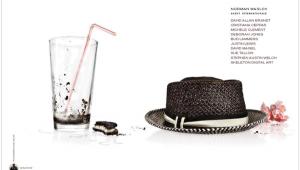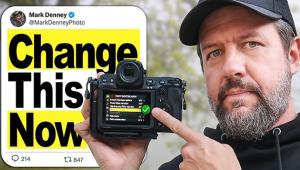Business Trends
Marketing Trends Today
Interview With Susan Baraz
| Always looking for a competitive
edge in today's marketing, I came across an unusual program for
promoting photographers called AtEdge. What makes this promotion special
is the entire program is limited to 150 photographers a year and is
by invitation of their Advisory Board. The program is a series of quarterly
booklets and an annual book mailed to a highly targeted audience of
photo buyers. There is also a website, www.at-edge.com,
plus a lot of "cross-selling" by reps Susan Baraz and Rhoni
Epstein. In addition to the limited edition attraction of the program,
publisher Serbin Communications has used the marketing rules of yesterday--frequency
and branding of an image--to create a new marketing program for
today. In this interview with Susan Baraz of AtEdge, she explains how
it works. Ideas From Rhoni |
















































